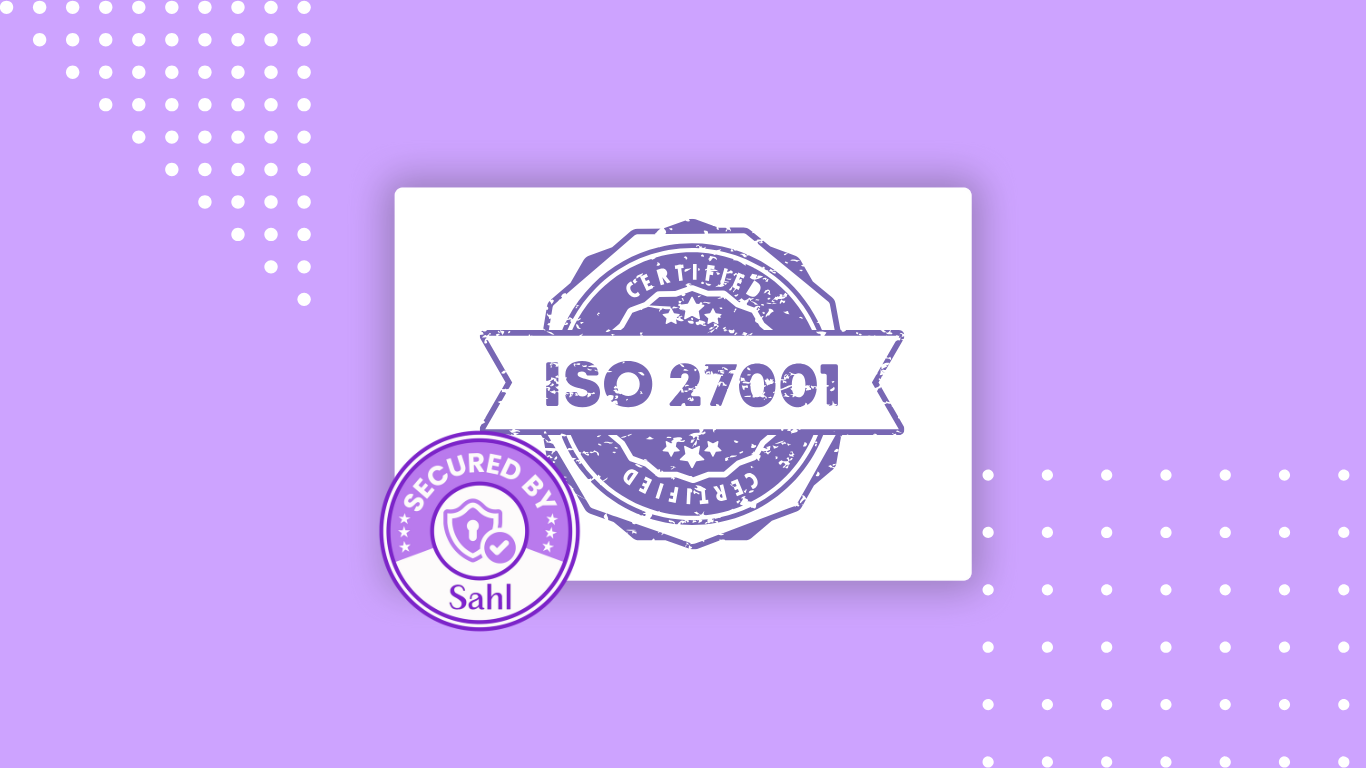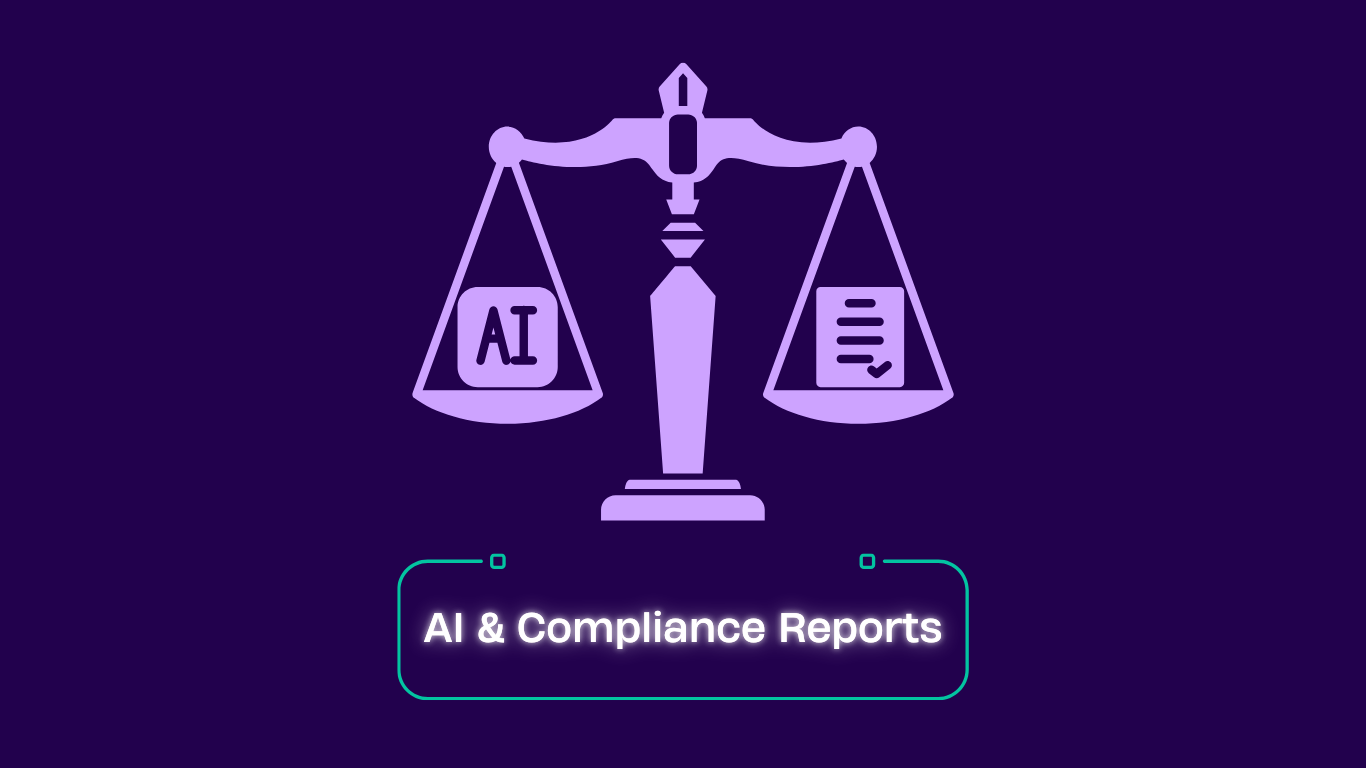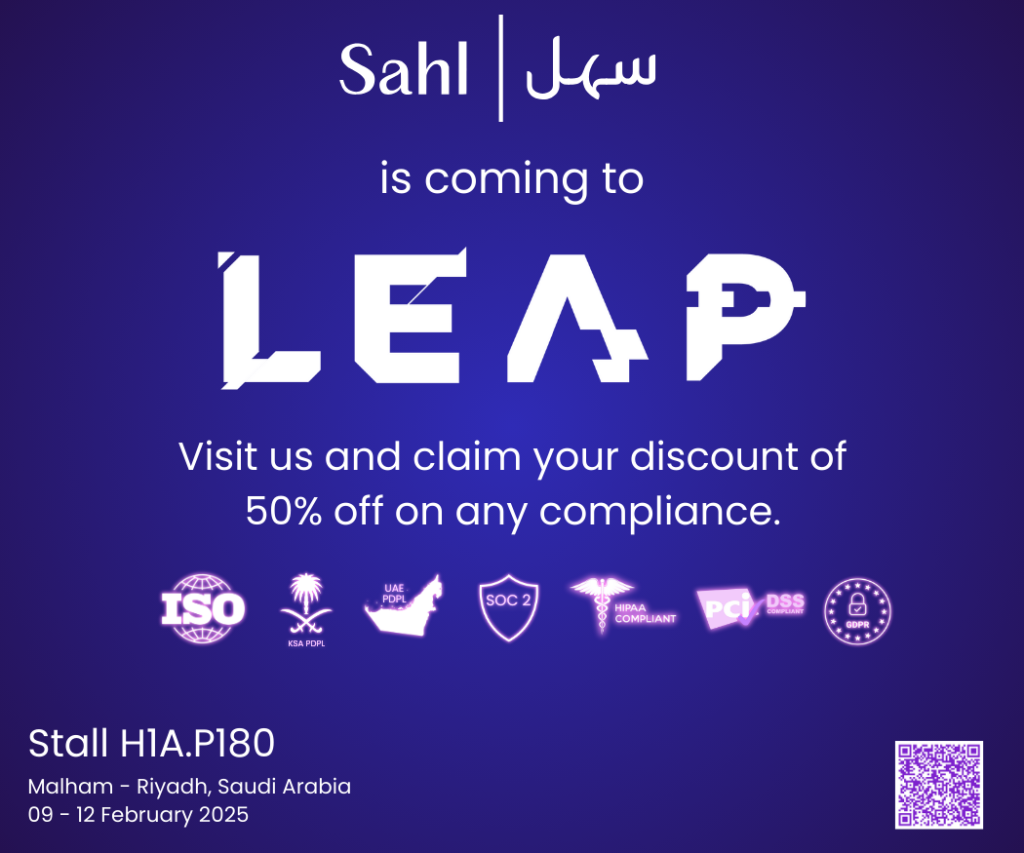From Control Chaos to Confidence: How Sahl Simplifies ISO 27001 for Cloud Companies
In today’s cloud-first world, information security is no longer an afterthought; it is a necessity. For many cloud companies, the journey from scattered, reactive security practices to ISO 27001 compliance can feel overwhelming. Sahl is transforming this journey, turning chaos into confidence by making ISO 27001 accessible, actionable, and efficient for cloud companies.
Why ISO 27001 Matters for Cloud Companies
Cloud environments present unique security challenges. Data moves across borders, teams access sensitive information remotely, and the stakes are high. ISO 27001 compliance is more than a certification; it is a globally recognised framework for building a resilient Information Security Management System (ISMS) that protects customer data, internal documents, and critical business assets. For cloud companies, ISO 27001 is not just about ticking compliance boxes. It is about building trust with clients, demonstrating robust cloud security compliance, and future-proofing the business against emerging threats. Regulatory requirements are increasing worldwide, and ISO 27001 helps companies stay ahead by protecting their reputation, satisfying client demands, and opening new markets.
The Chaos of Patchwork Security
Without a clear framework, many cloud businesses struggle with fragmented security measures. Policies vary between teams, incident response plans are untested, and audit readiness remains a constant worry. In this state, security is reactive, focused on plugging gaps rather than proactively managing risk.
This patchwork approach increases the risk of data breaches and undermines trust with clients and regulators. Audit readiness becomes a scramble, and growth opportunities can be lost if security concerns block enterprise deals or SaaS partnerships.
How Sahl Transforms ISO 27001 Compliance
Sahl recognises that cloud security compliance does not have to be a maze. The platform is designed to simplify every step of the ISO 27001 journey, delivering clarity, structure, and efficiency for cloud companies.
1. Cutting Through Complexity
Sahl demystifies ISO 27001 compliance by translating technical jargon into clear, actionable steps. Whether you are a SaaS startup or a growing enterprise, Sahl’s guidance ensures your security controls are mapped to the realities of cloud environments, not just generic standards. This means focusing on what truly matters: protecting assets, managing access, and documenting processes.
2. Smart, Automated Audit Readiness
One of the biggest hurdles in achieving ISO 27001 for cloud companies is staying audit-ready. Sahl automates essential tasks, keeping your ISMS documentation current, tracking control effectiveness, and providing templates tailored to cloud operations. This automation ensures that audit readiness becomes continuous, not a last-minute panic.
3. Tailored Controls for Cloud Security
Cloud environments require adaptable security controls. Sahl helps businesses identify which ISO 27001 controls are most relevant for their risk profile and supports the integration of industry frameworks like the Cloud Controls Matrix (CCM). The platform guides you in creating policies addressing cloud-specific risks such as data residency, shared responsibility, and access control, ensuring your ISMS certification is robust and practical.
4. Seamless Implementation and Continuous Improvement
Sahl’s user-friendly dashboard supports the entire lifecycle of ISO 27001 compliance, from initial risk assessment to certification and ongoing monitoring. The system supports continuous improvement, one of the standard’s core requirements, by flagging new risks, suggesting updates, and enabling fast responses to regulatory changes. This proactive approach fosters a culture of ongoing security excellence, reducing operational risks and enhancing audit readiness. Learn more about how Sahl delivers continuous ISO 27001 excellence for cloud businesses by visiting Sahl’s leading platform.
From Startup to Scale-Up: Confidence at Every Stage
Whether you are wondering how to implement ISO 27001 in cloud environments or seeking to future-proof a SaaS startup, Sahl provides tailored support for every stage. The platform is built to scale with your business, ensuring that your ISMS certification grows alongside your technology and customer base. Cloud companies leveraging Sahl experience increased trust from clients and partners, smoother procurement processes, and reduced time and costs in achieving and maintaining ISO 27001 compliance. For a deeper dive into best practices and detailed compliance strategies, explore Sahl’s dedicated ISO 27001 resource at https://getsahl.io/compliance-post/iso-27001/.
The Sahl Advantage: Turning Compliance Into a Business Asset
ISO 27001 compliance does not have to be chaotic or confusing. With Sahl, cloud companies reclaim control, streamline security management, and turn compliance into a competitive advantage. The journey from uncertainty to confidence starts with the right partner and platform.
Move from control chaos to confidence Let Sahl be your guide in making ISO 27001 for cloud companies an asset for growth, security, and trust.






